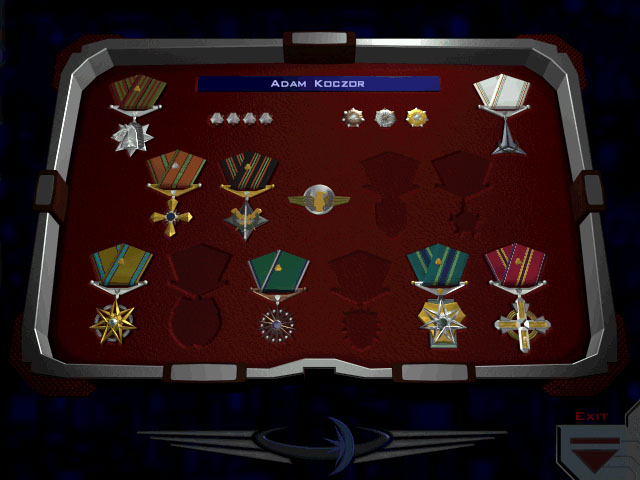

The unmanned portion of the Lunar Surface Rendezvous and Exploration Phase of Apollo envisioned in 1969 was the Lunar Payload Module (LPM).Īpollo ELS American manned lunar habitat. Apollo Lunar module Test Articles were simple mass/structural models of the Lunar Module.Īpollo LPM American lunar logistics spacecraft. The LASS concept required a landing gear on a S-IVB Stage.Īpollo LTA American technology satellite. The Douglas Company (DAC) proposed the "Lunar Application of a Spent S-IVB Stage (LASS)".

The system would be mounted in an Apollo CSM.Īpollo LASS S-IVB American lunar logistics spacecraft.
#DESCENT FREESPACE APOLLO SOFTWARE#
Under the Apollo Applications Program NASA began hardware and software procurement, development, and testing for a Lunar Mapping and Survey System.
The Apollo Lunar Module was considered for military use in the Covert Space Denial role in 1964.Īpollo LMSS American manned space station. Use of the Apollo LM as an earth-orbiting laboratory was proposed for Apollo Applications Program missions.Īpollo LM CSD American manned combat spacecraft. The LM Truck was an LM Descent stage adapted for unmanned delivery of payloads of up to 5,000 kg to the lunar surface in support of a lunar base using Apollo technology.Īpollo LM Lab American manned space station. The LM Taxi was essentially the basic Apollo LM modified for extended lunar surface stays.Īpollo LM Truck American lunar logistics spacecraft. The LM Shelter was essentially an Apollo LM lunar module with ascent stage engine and fuel tanks removed and replaced with consumables and scientific equipment for 14 days extended lunar exploration.Īpollo LM Taxi American manned lunar lander. The huge structure (76.2 m high and 121.9 m long) was used to explore techniques and to forecast various problems of landing on the moon.Īpollo LM Shelter American manned lunar habitat. Bell Aerosystems initially built two manned lunar landing research vehicles (LLRV) for NASA to assess the handling characteristics of Apollo LM-type vehicles on earth.Īpollo LLRF American Lunar Landing Research Facility. An Apollo unmanned logistic system to aid astronauts on a lunar landing mission was studied.Īpollo LLRV American manned lunar lander test vehicle. Extremely light-weight open-cab lunar module design considered in early Langley studies.Īpollo ULS American lunar logistics spacecraft. LM Langley Lightest American manned lunar lander. This early open-cab single-crew Langley lunar lander design used storable propellants, resulting in an all-up mass of 4,372 kg. LM Langley Light American manned lunar lander. The cryogenic design was estimated to gross 3,284 kg - to be compared with the 15,000 kg / 2 man LM design that eventually was selected. This early open-cab Langley design used cryogenic propellants. LM Langley Lighter American manned lunar lander. 10 launches, 1968.01.22 (Apollo 5) to 1972.12.07 (Apollo 17).Īpollo LM AS American manned spacecraft module. Electric System: 50.00 kWh.Īpollo LM DS American manned spacecraft module. If funding had been available, modified lunar modules (dubbed LM Taxi, LM Shelter, and LM Truck) would have been used to set up the first lunar bases. Span: 9.07 m (29.75 ft).įollowing the decision to use the lunar orbit rendezvous method to get to the moon, Grumman received the contract to develop the lunar module, which would take the first men to the surface to the moon. Home - Search - Browse - Alphabetic Index: 0- 1- 2- 3- 4- 5- 6- 7- 8- 9Ī- B- C- D- E- F- G- H- I- J- K- L- M- N- O- P- Q- R- S- T- U- V- W- X- Y- ZĪKA: LEM Lunar Excursion Module Lunar Module.


 0 kommentar(er)
0 kommentar(er)
